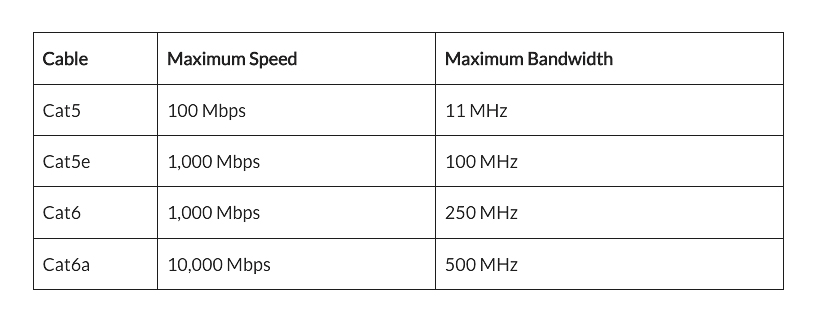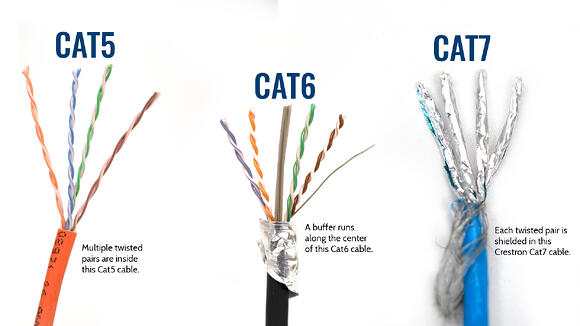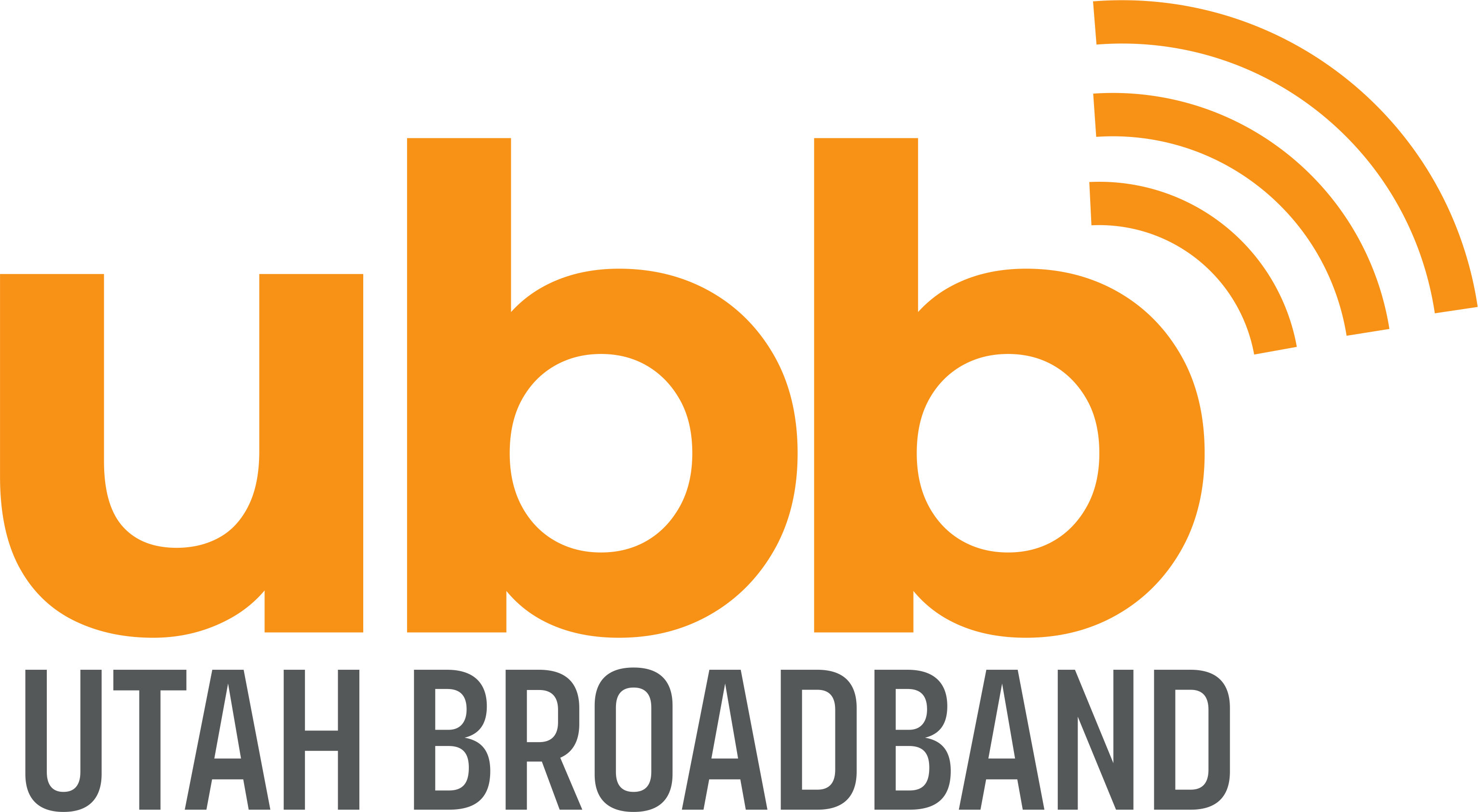Now that 1000+ mbps plans are being provided to homes via Fiber Internet what type of internal cabling should be used inside the home so that those speeds can be supported? The type of ethernet infrastructure you use inside your home can make a significant difference.
Many ethernet cables might look the same, but it’s what is inside that counts. They all handle internet speeds, bandwidth, and crosstalk in a different way. Let’s talk about the different types of ethernet cables and identify which one is best for your internet service.
What is a Cat5 Ethernet Cable?
Starting in the late 90’s, the regular Cat5 cable were standard in most households before high-speed plans were widely available. As the availability of higher internet speeds continues to rise, Cat5 cables have become mostly obsolete. Even if you don’t have fast internet speeds at your home, Cat5 ethernet cable should not be your first choice; because there are much better options available at a very affordable price. Learn more about Cat5e cables and Cat6 cables below.
Cat5 cables are good if you already own one and your internet speeds are less than 100 Mbps.
Cat5e Ethernet Cables
Cat5e cables are the current base standard for a budget ethernet cable. They can support up to 1,000 Mbps and are designed to reduce crosstalk to get a more consistent connection. For most household a Cat5e cable is very satisfactory, but they getting closer and closer to obsolescence as the next tier gains popularity.
Price check cat5e: Click Here
Cat5e cables are good if you are looking for an affordable option that will get the job done.
When to upgrade to a Cat6: If you want the option of higher bandwidth and a shielded cable to reduce interference/crosstalk.
What is a Cat6 Ethernet Cable?
Cat6 cables support the same internet speeds as a Cat5e but offer more than double the simultaneous bandwidth. Higher bandwidth reduces download and upload times, especially when transferring files via a Cat6 cable. Cat 6 cable contains four pairs of copper wire and uses all the pairs for signaling to obtain its high level of performance.
These cables can accommodate 10 gig ethernet connection over a limited distance — commonly about 180 ft for a single cable.
Price check Cat 6: Click Here
Cat6 cables are good if your internet speeds are under 1,000 mbps and you want higher simultaneous bandwidth capabilities with high resistance to interference.
When to upgrade to a Cat6a: If you want the option of higher bandwidth and a shielded cable to reduce interference and crosstalk.
Cat 6a Ethernet Cable
Category 6 augmented (cat6a) offer a missive jump in internet speed and bandwidth over the other options. They support up to 10,000 mbps (10 gig) internet speeds and 500 Mhz. All Cat 6a ethernet cables feature shielding to almost entirely eliminate crosstalk. Cat 6a cables deliver a reliable and fast connection at roughly a $65 per 100 foot price point. Its likely once you make the investment you will not need to upgrade anytime in the near future. These can support the ever growing fiber optic internet speeds that are ever growing.
Price check Cat 6a: Click Here
Cat6a cables are good if your internet speeds are over 1,000 mbps, and you want an ethernet cable that won’t be outdated anytime soon.

We hope this information helps you decide which home internet cabling you would like run throughout your home.


